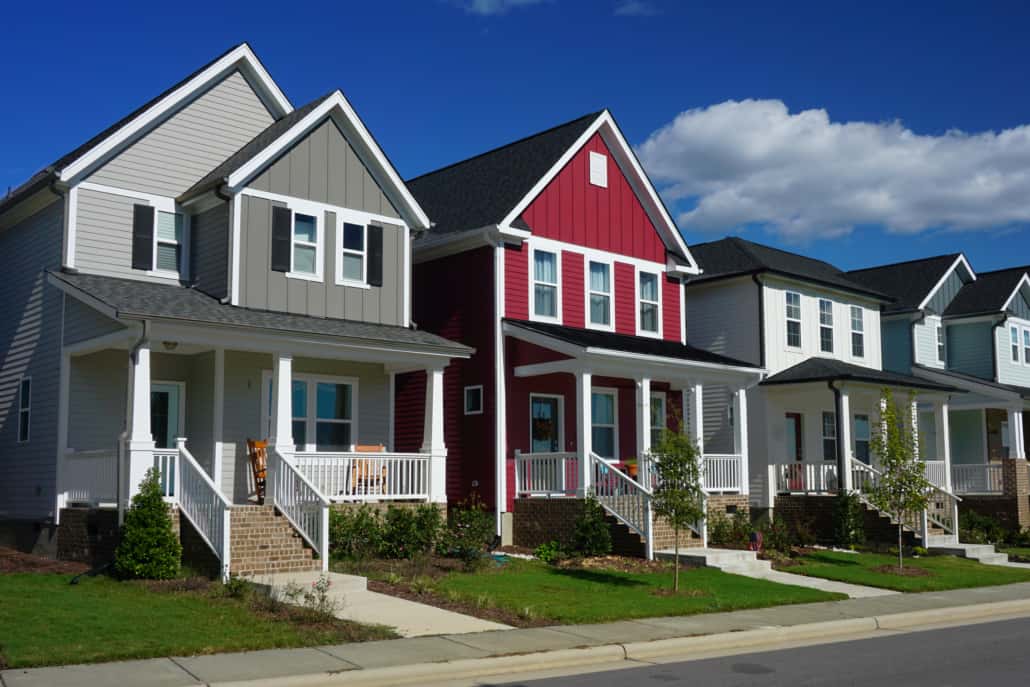How HOA Administration Promotes Communication and Dispute Resolution Amongst Residents
House Owners' Organizations (HOAs) offer as crucial entities in cultivating interaction and fixing disputes amongst citizens. While these systems are developed to minimize misconceptions, the underlying characteristics of resident communications can often complicate issues.
Role of HOAs in Interaction
Home Owners' Organizations (HOAs) play a crucial function in helping with interaction within household neighborhoods, functioning as the primary avenue between residents and the regulating body. By establishing an organized framework for dialogue, HOAs make sure that citizens' ideas and problems are heard and addressed effectively - austin hoa management. This function is crucial in cultivating a sense of area and belonging amongst homeowners, as it encourages involvement and collaboration


Inevitably, the effectiveness of an HOA in interaction straight influences the total satisfaction of residents. When communication is focused on and taken care of effectively, it promotes a harmonious living setting where homeowners feel valued and connected, leading the way for a more vibrant and cohesive area.

Developed Networks for Dialogue
Establishing effective networks for discussion is crucial for any House owners' Organization (HOA) looking for to boost communication within its community. These channels work as foundational devices that promote the exchange of information and foster a feeling of belonging amongst citizens.
Among one of the most typical techniques is using newsletters, which give updates on area events, maintenance routines, and essential announcements. Digital systems, such as community internet sites and social networks groups, can likewise play a pivotal duty in making sure locals remain enlightened and engaged. Regularly scheduled meetings, whether digital or in-person, permit members to voice problems, share ideas, and talk about community problems in a structured setting.
Moreover, idea boxes put tactically throughout the area can urge locals to supply responses anonymously, cultivating an ambience of visibility. Developing clear lines of interaction, such as devoted email addresses or hotlines for specific worries, also empowers citizens to get to out quickly.
Dispute Resolution Approaches
Reliable interaction networks are crucial not only for sharing details however also for resolving conflicts that may arise within an area. These guidelines should be readily obtainable to all locals, ensuring transparency and uniformity.

Furthermore, conflicts might benefit from a structured procedure for intensifying concerns. HOAs can assign a conflict resolution board or include a neutral third event to help with conversations when required. This strategy gives an organized way to take care of disputes while maintaining impartiality.
Inevitably, read review effective dispute resolution strategies not only fix issues however additionally build depend on amongst homeowners, strengthening a feeling of community and shared responsibility. By prioritizing these techniques, HOAs can contribute to a more participating and calm area setting.
Arbitration and Assistance Strategies
When browsing disputes within a arbitration, neighborhood and facilitation techniques can play an important duty in promoting understanding and resolution,. These approaches include competent experts who assist conversations, ensuring that all parties have the possibility to share their viewpoints in a positive environment. Arbitration concentrates on helping contradictory events locate commonalities through settlement, while facilitation entails handling group characteristics to foster effective interaction.
A reliable arbitrator develops a secure area for discussion, motivating individuals to proactively pay attention and empathize with each other. This process often includes reframing concerns to clarify misconceptions and highlighting common interests instead than differences. Facilitators, on the various other hand, may employ strategies like conceptualizing sessions or group tasks to build connection and improve partnership amongst homeowners.
Both techniques focus on nonpartisanship and impartiality, permitting citizens to feel heard and appreciated. By making use of arbitration and facilitation strategies, HOA administration can empower community members to deal with disagreements agreeably, reducing stress and cultivating a feeling of belonging. Ultimately, these methods contribute to a healthier community ambience, where conflicts are resolved proactively and connections are enhanced through open communication.
Advantages of Effective Interaction
Clear communication functions as the foundation for effective communications within a community, significantly enhancing the general functioning of HOA management (austin hoa management). Efficient communication cultivates openness, which constructs trust among residents and the management group. When homeowners really feel educated concerning neighborhood policies, events, and choices, they are more most likely to involve favorably and add to the Website community's well-being
Additionally, clear communication decreases misconceptions and decreases the possibility for problem. By expressing assumptions, obligations, and guidelines clearly, HOAs can preemptively attend to concerns before they escalate. Citizens outfitted with relevant details are much better placed to stick to area guidelines and solve disputes amicably.
Additionally, efficient interaction networks encourage feedback and recommendations from locals, equipping them to take part proactively in the decision-making process. This inclusivity not only boosts community spirits but likewise brings about more depictive and informed results.
Additionally, regular updates via newsletters, meetings, and electronic systems ensure that all neighborhood members are straightened with the HOA's vision. In summary, efficient communication is vital for cultivating a cohesive area, promoting active participation, and ultimately accomplishing a harmonious living atmosphere.
Conclusion
In verdict, effective HOA monitoring dramatically improves interaction and problem resolution among citizens. Inevitably, the promo of effective interaction leads to reduced misunderstandings and heightened resident satisfaction, adding to a unified and cohesive area environment.
Property Owners' Associations (HOAs) play an essential role in assisting in communication within residential communities, acting as the primary avenue between residents and the governing body.HOAs commonly arrange routine conferences, e-newsletters, and digital systems to promote openness and maintain citizens educated regarding community developments and guidelines. These campaigns not just boost communication yet also encourage residents to involve in the decision-making procedure, therefore boosting their investment in the community's wellness - austin hoa management. When locals really feel educated Get the facts about area decisions, policies, and occasions, they are more likely to engage positively and add to the community's well-being
Inevitably, the promotion of reliable communication leads to minimized misconceptions and enhanced resident satisfaction, contributing to a cohesive and harmonious community setting.